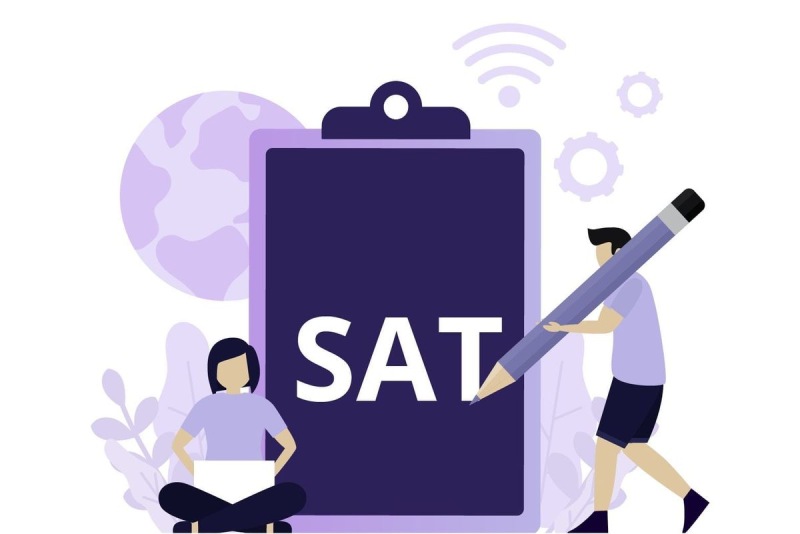US exam takers will use a computer to complete bubble answer sheets instead of a No. 2 pencil. On Saturday, March 9, SAT users in the US will utilize the totally digital version of the exam.
Prospective college students must still physically visit the testing location to take the exam, but they can use a laptop or tablet they own, a device provided by the school, or a device they borrow from the College Board, the nonprofit that creates and administers the test.
In addition, the exam will take less time—roughly two hours as opposed to three—and you will have more time to devote to each question. There’s a built-in calculator and shorter reading portions with one question associated with them.
The College Board refers to the redesigned SAT as “adaptive.” This implies that there will be two sections for the reading and math portions. Depending on how well the test-taker did in the first segment, the second section will either be easier or harder.
The College Board has stated that students will not suffer if they are sent to an easier second half of the exam; the exam will still be graded on a 1600-point scale.
Instead of weeks, students will receive their scores back in days.
After evaluating a pilot version of the digitized SAT in the fall of 2021, the College Board made the announcement of the modifications approximately two years ago. The digital SAT will be formally available to test takers outside of the United States in the spring of 2023. In the meantime, the PSAT, a shorter test that younger students take to gain access to scholarships or as SAT practice, was converted to digital format last fall.
The College Board reports that more than 1.9 million students in the class of 2023 took the SAT, an increase from 1.7 million the previous year.
Even though more schools are allowing students to submit their results from the SAT or ACT, another standardized test used for college admissions, there has been a rise in the number of people taking the SAT exam. The Covid-19 pandemic, when testing facilities and schools were closed, intensified the trend. Test results were actually not required by 2,025 US four-year colleges and universities for applicants for the fall 2024 semester.
However, a number of prestigious universities, including Yale, Dartmouth, and Brown, have lately declared that they will be changing their policies and forcing applicants to provide test results in the future.
Lower-income pupils may not have the time or money to study for standardized examinations, according to some opponents, which disadvantages them. However, test results, when combined with high school grades, are a reliable indicator of a student’s future academic success and can assist their schools in recruiting a diverse student body, according to Brown, Yale, and Dartmouth.
In addition to registering for the SAT, students must register at least 30 days in advance if they want to borrow a device from the College Board. Although some high schools allow pupils to take the exam during the regular school day, the test is given on Saturdays.
